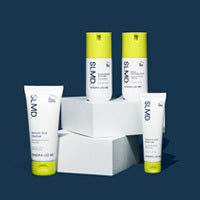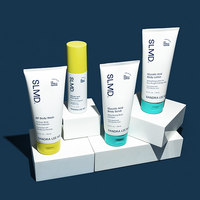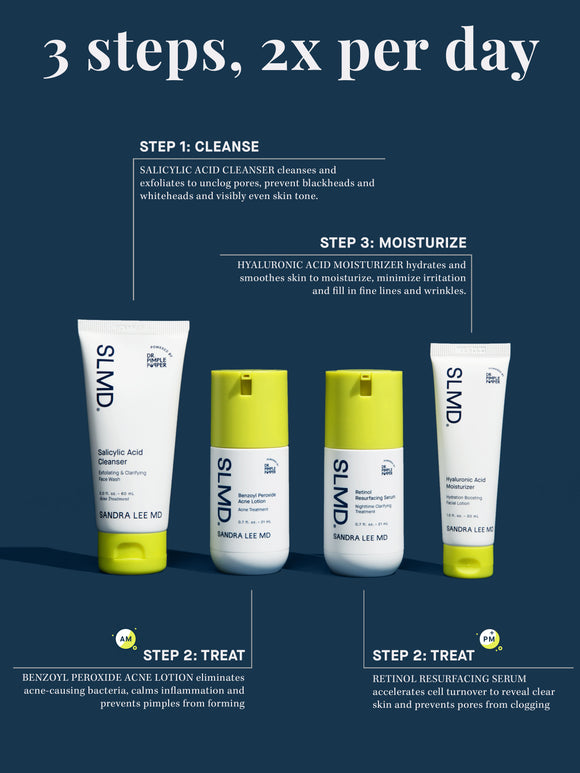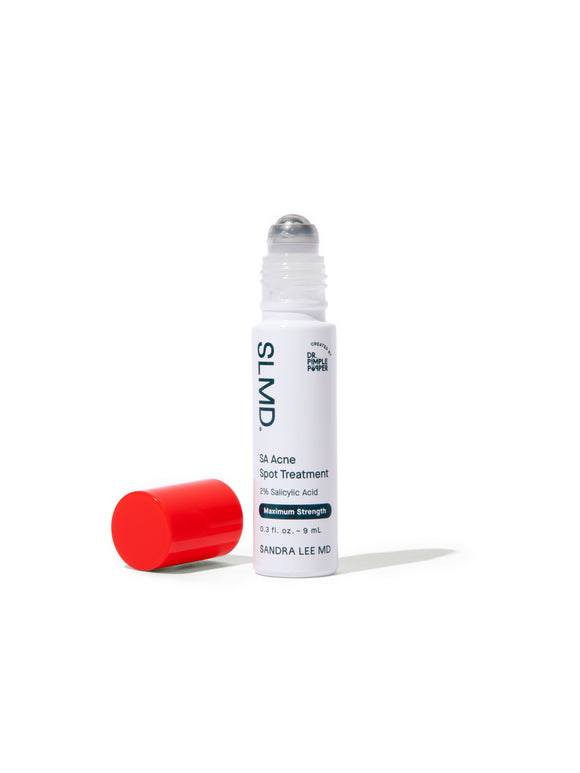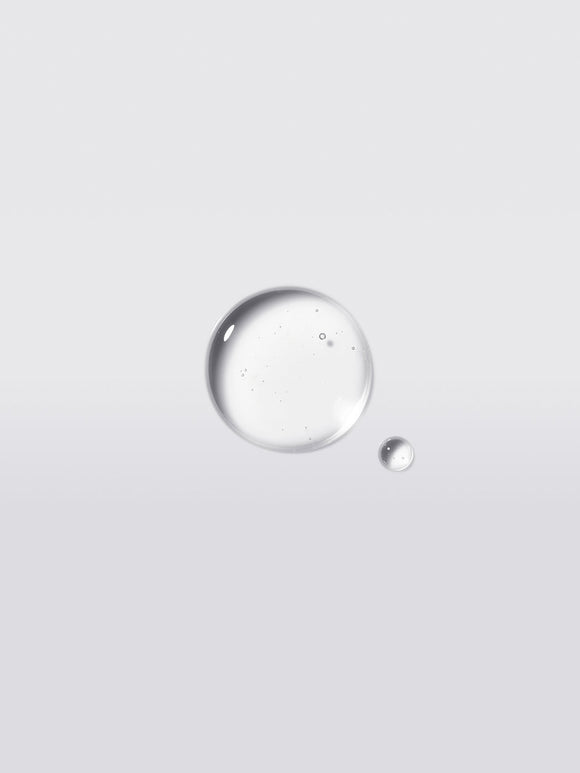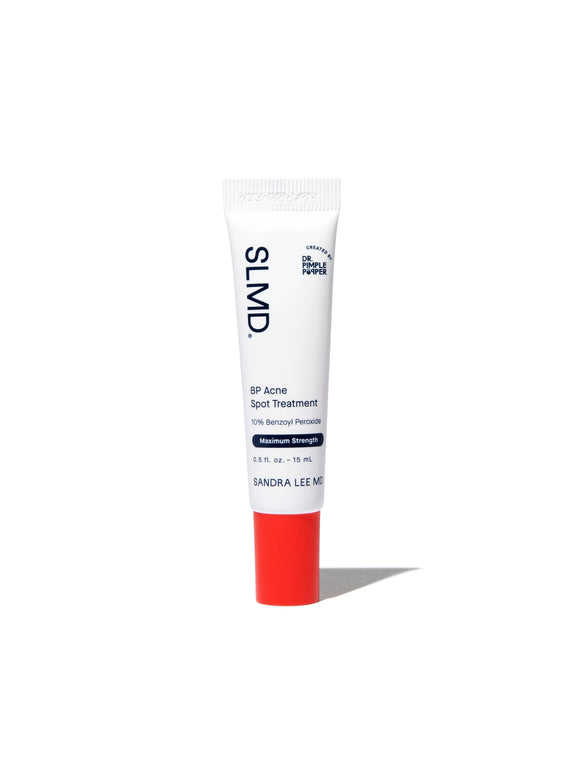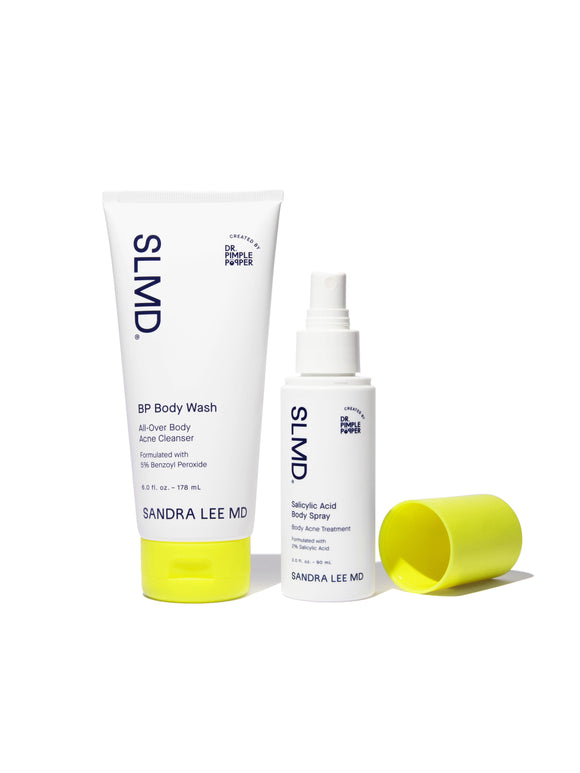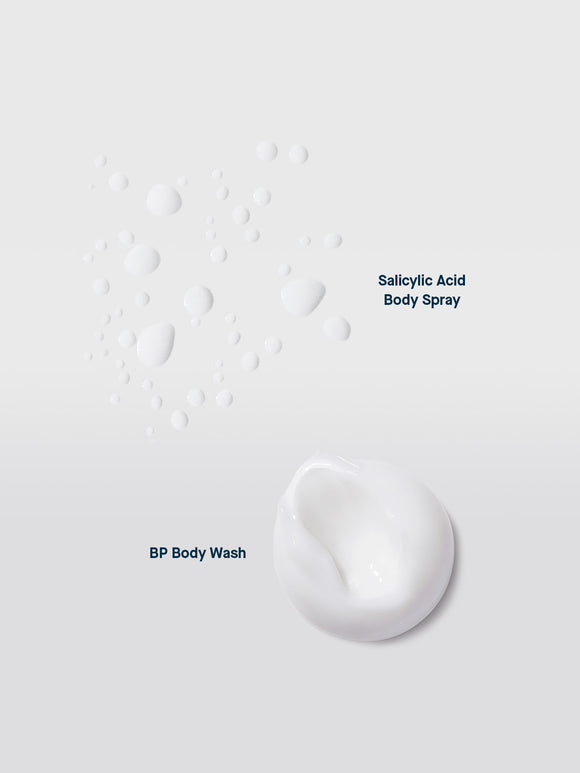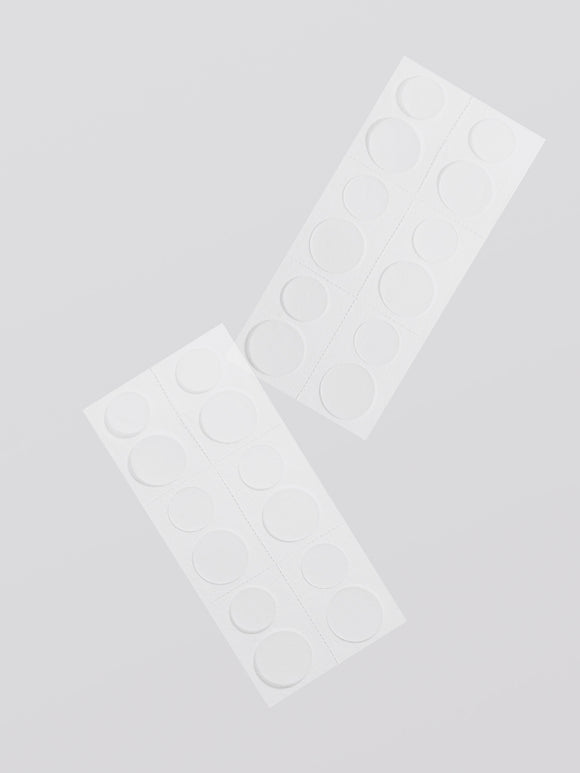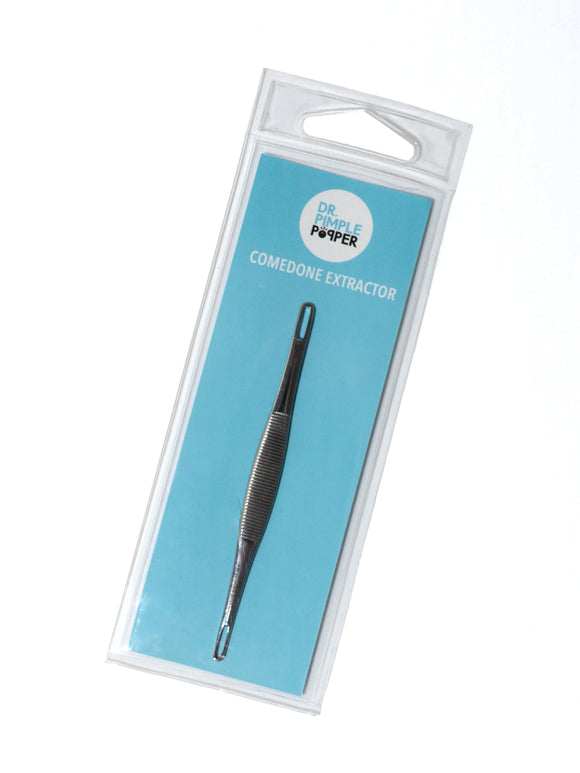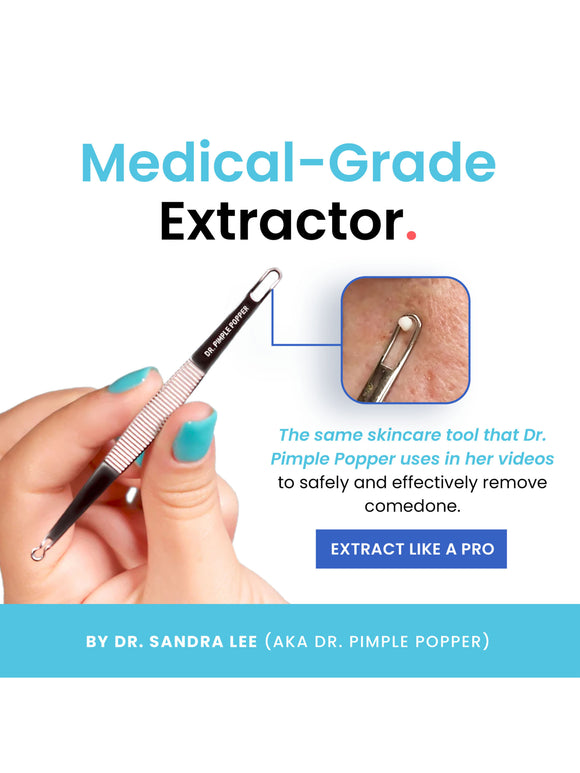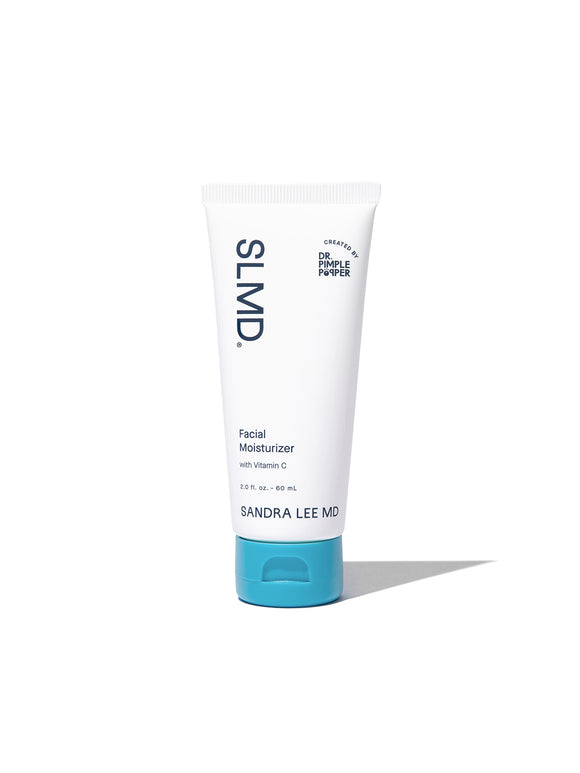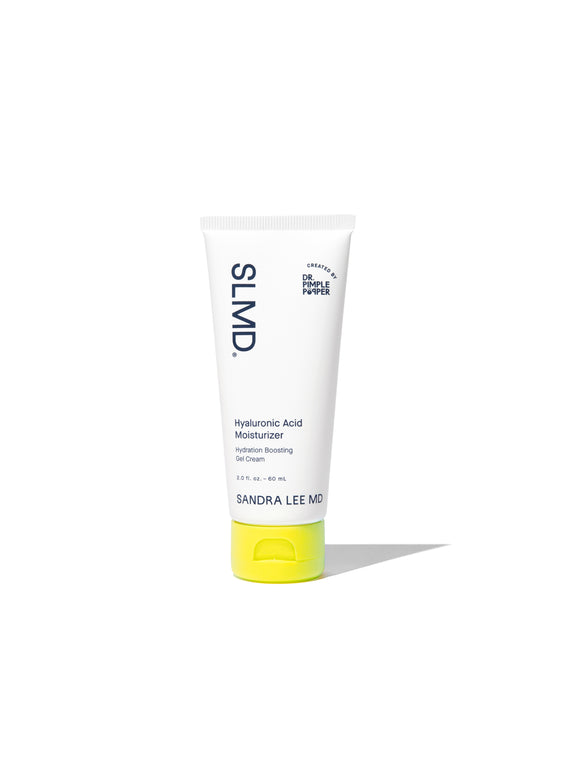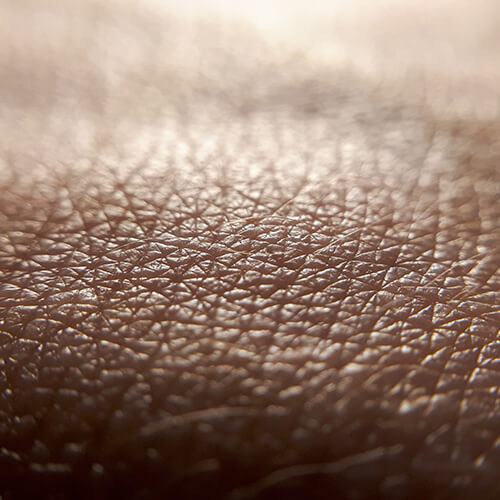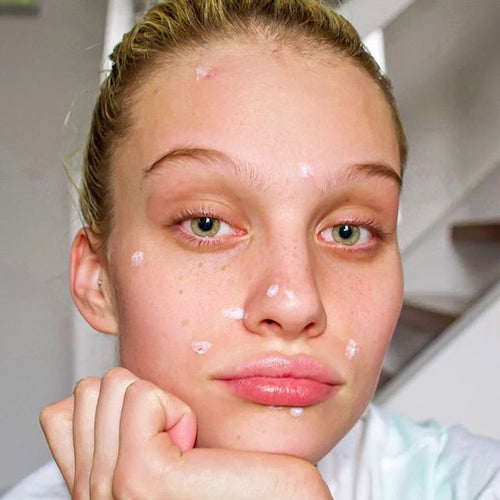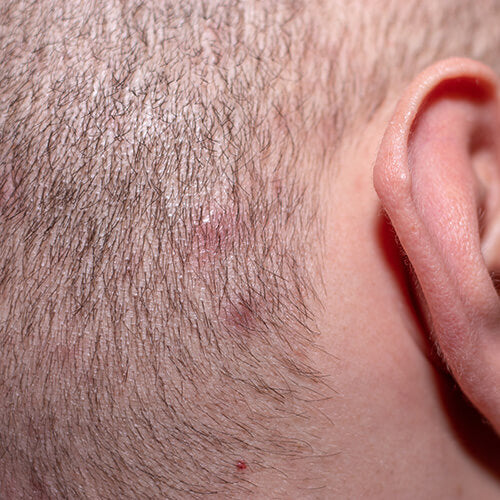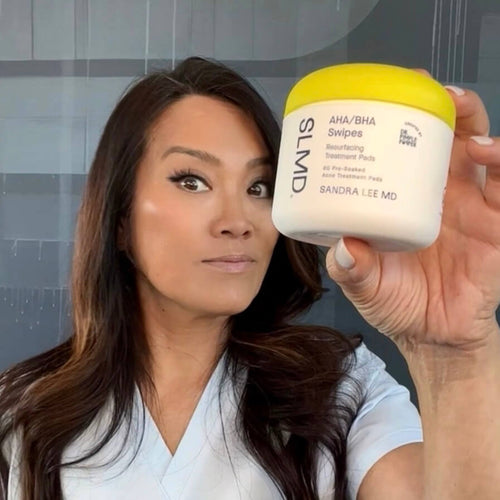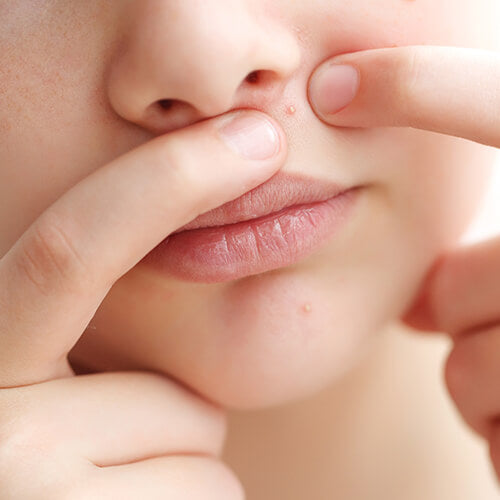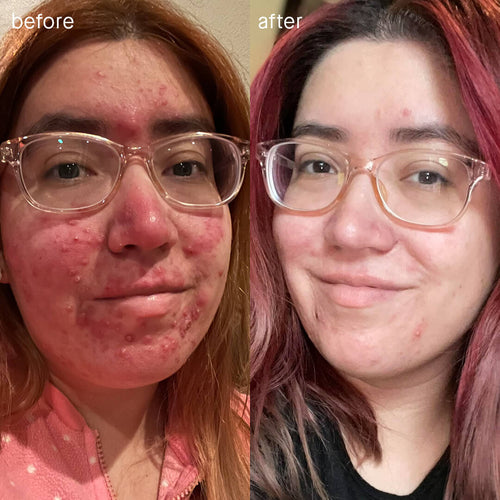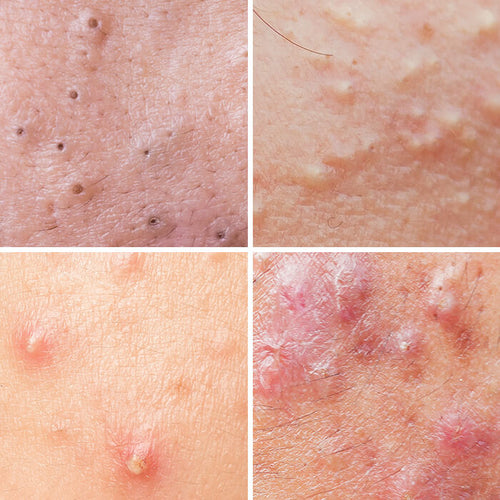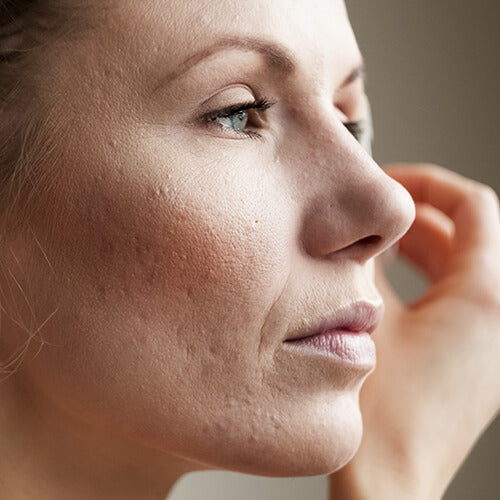
How Long Do Acne Treatments Take to Work? First Signs & Expert Advice
Dr. Pimple Popper on why “overnight results” don’t exist — and what to expect instead.
Published:
3 minute read
Who hasn’t tried a new acne product hoping for a miracle overnight? We’ve all been there: applying a new treatment before bed, wishing our skin would be clear by morning.
But the truth is, acne doesn’t work that way. And neither do acne treatments. Dermatologist and SLMD Skincare founder Sandra Lee, MD (aka Dr. Pimple Popper) explains how long it really takes for the most common ingredients to start working — and why patience (and consistency) pay off.
Fast facts: acne treatment results
- Salicylic acid: 4–6 weeks
- Benzoyl peroxide: 4–6 weeks
- Sulfur: 4–6 weeks
- Retinol: 8–12 weeks
These timelines show when you can expect to see the first signs of improvement — read on for Dr. Lee’s advice on why results take longer, how to get the best outcome, and when to see a dermatologist.
Why acne treatments take time
Acne starts forming deep in your pores before you ever see it on the surface. Add to that the fact that skin naturally renews itself about every 28 days — and you can see why there’s no instant fix.
Consistency is everything. Treatments need time to:
- Clear existing clogs
- Prevent new breakouts
- Calm inflammation
- Fade dark spots (aka post-inflammatory hyperpigmentation)
- Support your skin barrier
That’s why dermatologists recommend giving any acne regimen at least 8–12 weeks before judging results.

Unretouched results of SLMD Acne System user, Susana, after 7 months.
Dr. Pimple Popper's Acne Solutions
Acne treatment timelines: when to expect results
Salicylic acid
- What it is: a beta hydroxy acid (BHA) that penetrates oil to exfoliate inside pores
- Main benefits: unclogs pores, reduces blackheads, helps prevent new breakouts
- First results: typically 4–6 weeks with consistent use
- Full results: up to 8–12 weeks for clearer, smoother skin
- Pro tips: use a gentle cleanser or leave-on treatment with 2% salicylic acid twice daily; pair with a lightweight moisturizer to avoid dryness
Try: SLMD Salicylic Acid Cleanser
Benzoyl peroxide
- What it is: a topical antibacterial that kills acne-causing bacteria (C. acnes) and reduces inflammation
- Main benefits: clears inflammatory breakouts, prevents new pustules, reduces redness
- First results: often 4–6 weeks, with more noticeable improvement over time
- Full results: 8–12 weeks for best clearing with consistent use
- Pro tips: start with lower strengths (2.5–5%) to minimize irritation; apply to the full breakout-prone area, not just individual spots
Try: SLMD Benzoyl Peroxide Acne Lotion
Retinol
- What it is: a vitamin A derivative that boosts cell turnover to prevent clogged pores and improve texture
- Main benefits: helps prevent breakouts, fades dark spots, smooths rough skin
- First results: expect to see changes around 8–12 weeks; results build gradually
- Full results: may take up to 12 months for full improvement in breakouts and skin tone
- Pro tips: introduce slowly to minimize irritation; apply at night and always follow with sunscreen in the morning
Try: SLMD Retinol Resurfacing Serum
Sulfur
- What it is: a natural mineral that absorbs excess oil and helps fight acne-causing bacteria
- Main benefits: dries out surface-level pimples and helps calm redness
- First results: some notice improvement in just a few weeks with consistent use
- Full results: typically 8–12 weeks for maximum clearing
- Pro tips: works well for oily, acne-prone skin and can be paired with other treatments like salicylic acid or benzoyl peroxide
How to make your acne treatments work better
Once you’ve got the right ingredients in your routine, these steps help you get results faster and avoid common mistakes:
- Moisturize daily: Hydrated skin tolerates acne actives better, so you can stay consistent without irritation. Try: SLMD Facial Moisturize with Vitamin C, Hyaluronic Acid Moisturizer
- Don’t skip sunscreen: Many acne treatments make skin sun-sensitive — SPF prevents irritation and dark spots.
- Use spot treatments correctly: They speed healing but can’t replace your all-over routine. Try: SLMD SA Acne Spot Treatment, BP Acne Spot Treatment
- Be consistent: Skipping days resets progress. Daily use builds results over time.
- Don't pick: It slows healing and risks scars — cover with a healing patch instead. Try: SLMD Salicylic Acid Pimple Patches
When to see a dermatologist for acne
Most over-the-counter acne treatments need 8–12 weeks of consistent use before you can judge results. But if you have painful cystic breakouts, scarring, or no improvement after three months, it’s time to talk to a dermatologist.
A professional can offer prescription medications or in-office treatments that go beyond what you can buy over the counter.

Dr. Lee's Last Word
Acne doesn’t disappear overnight. Stick with your routine, give it time — and see your dermatologist if you’re not getting results.
